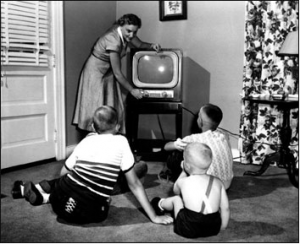As financial planners, we are frequently asked about “sustainable withdrawal ratios”, or in other words, “How much money do I need to retire?”

It seems as if there are as many articles and books written on the topic as there are people looking for the answer. Our withdrawal philosophy has been molded via several sources, but the system of William Bengen has been the most influential on our practice.
Simplifying our system, and I mean REALLY simplifying our system, looks like this:
· Nest egg (NE) is invested between 60% – 75% in stocks AT ALL TIMES
· 10% of NE in alternative investments (usually managed futures)
· Remainder of NE is invested in bonds
· The initial withdrawal is 4.4% of NE
· This withdrawal (WD) is adjusted each year, by the preceding year’s consumer price index (CPI)
An example is in order:


· Nest egg (NE) of $1,000,000 would allow for an initial withdrawal of $44,000
· If the CPI rose 3%, next year’s withdraw would be $45,320
· This withdraw could be made REGARDLESS of the performance of the NE
· Looking at the past, which is admittedly problematic, this strategy would have been safe in 100% of all rolling 30 year periods (a conservative retirement span)
NOTE: I am over-simplifying this strategy. There are many nuances and “inconvenient” factors (like taxes) that have not been included in my summary. The particular types of stocks, bonds, and alternative investments are important to the system. The scope and breadth of our withdrawal system is very detailed and will undoubtedly be the topic of many of our blog entries.
I present this “mini” version of our system because…………..

Just two years ago I had serious doubts about this withdrawal ratio. I was beginning to think it was far too conservative. Average returns (at that point) for many of our clients were much higher than the initial 4.4% rate. The bursting of the internet bubble seemed like a distant memory of an event that was a fluke to begin with. Many popular media writers and several financial planning magazines were also challenging this conservative philosophy, discounting the worst case scenarios (think Great Depression) as mere tales of a time never to be re-visited.
Most investors were reluctant to accept the fact that their nest egg needed to be roughly 22 times their initial withdrawal – “my gosh, we will NEVER be able to save that much!”
Needless to say, this past year has grounded me with respect to the sustainable withdrawal ratio.
2008 provided three powerful reminders:
1. Market events of the past, no matter how severe, can repeat themselves
2. A model built to withstand the most troublesome market environment will appear overly conservative during bull markets – and feel comforting during reigns of the bear.
3. The 100 (or so) years of market statistics that most researchers use is NOT the complete set of market outcomes. Things that have never happened before are bound to happen in the future. The market in 2008 was chock full of first-time occurrences that will undoubtedly be researched for years to come.



















